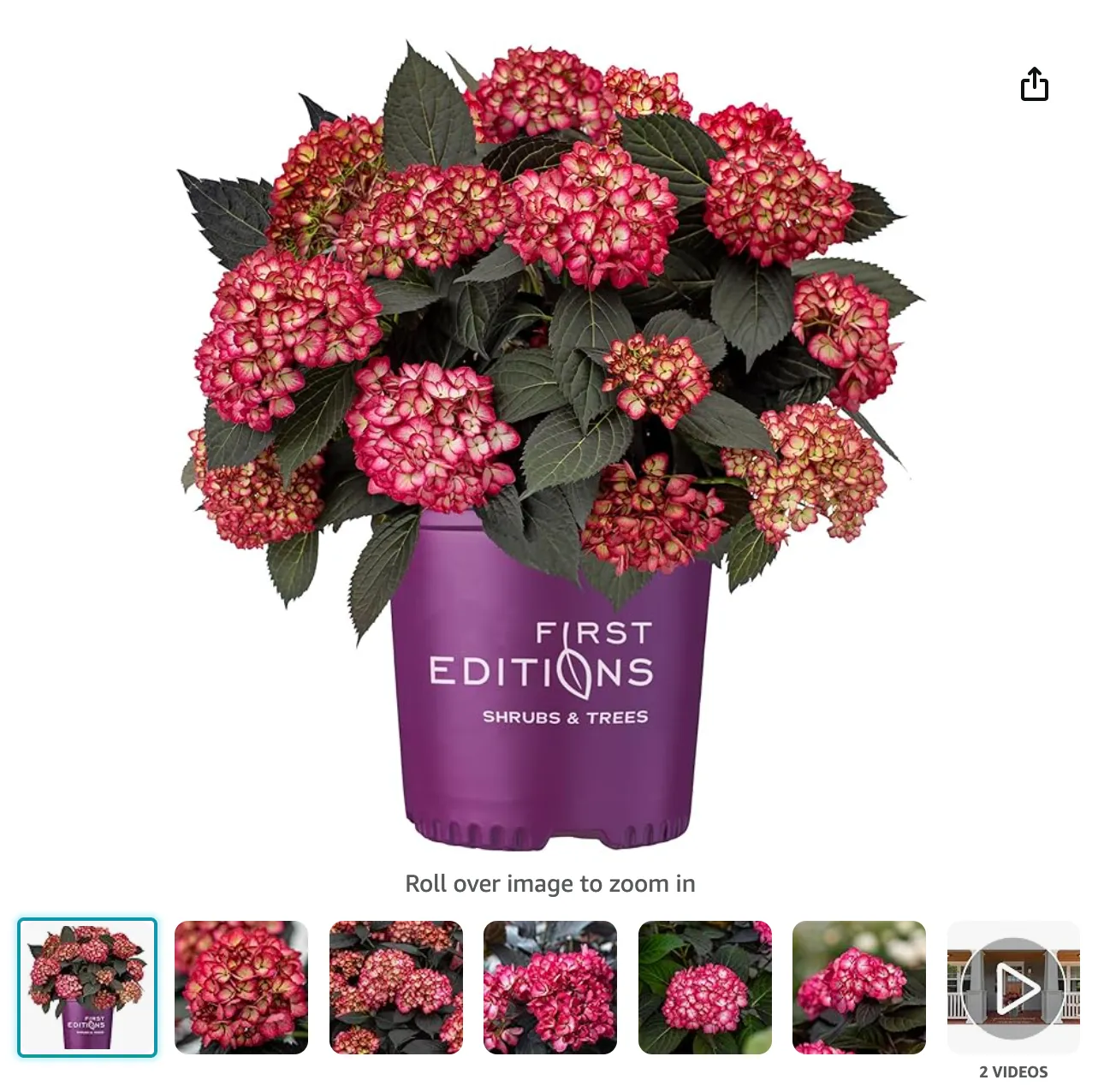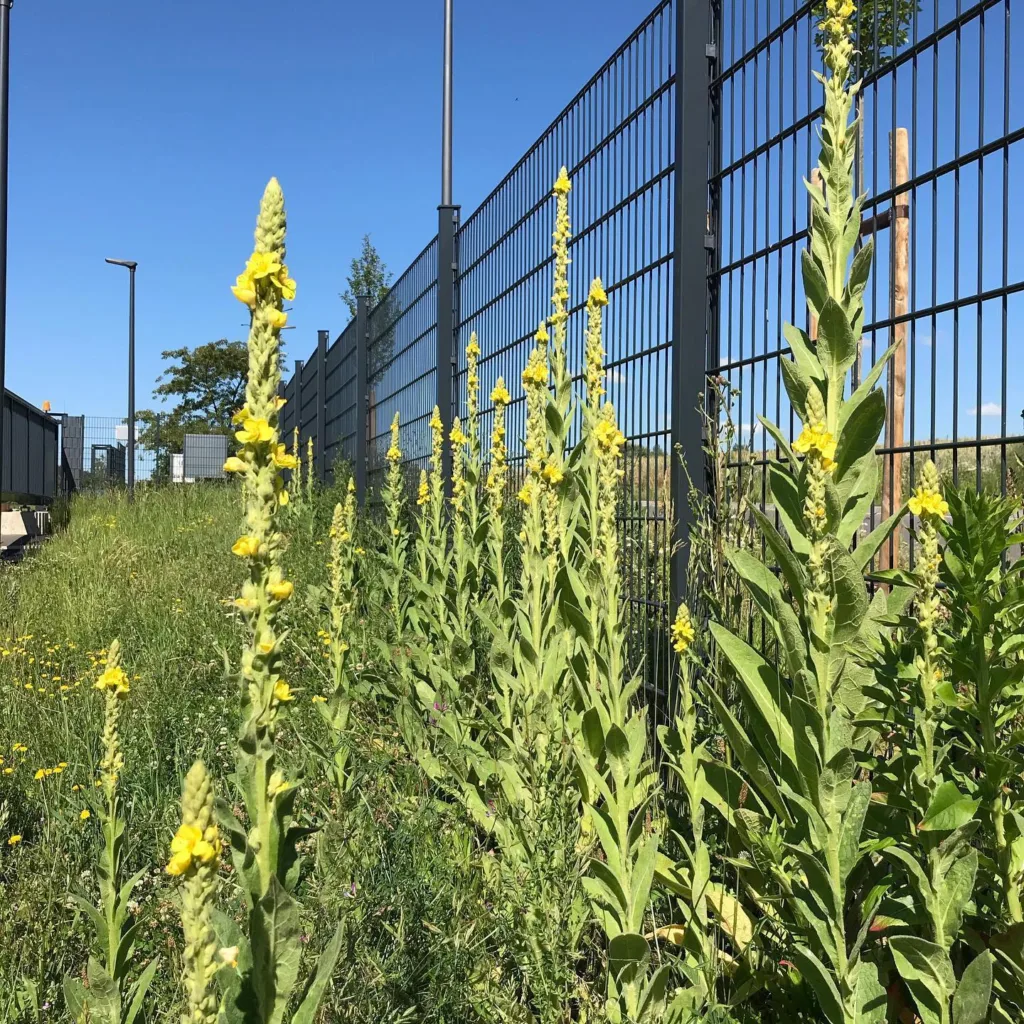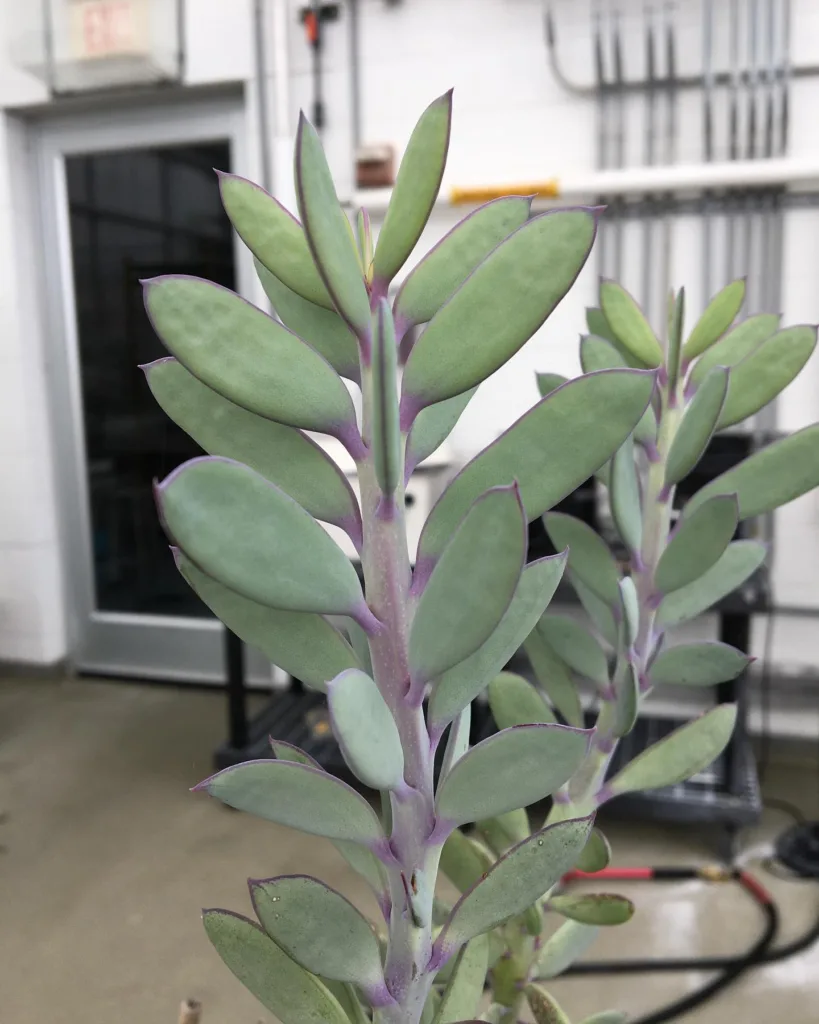
The Allure of the Eclipse Hydrangea: Frequently Asked Questions
As a plant enthusiast, I’m often drawn to unique and captivating varieties. The Eclipse Hydrangea certainly fits the bill. Its dark, dramatic foliage sets the stage for vibrant blooms, creating a stunning focal point in any garden. But with a new cultivar like this, questions naturally arise. Let’s delve into the world of the Eclipse Hydrangea and explore some of the most common inquiries.
What Makes the Eclipse Hydrangea Special?
Unlike its bigleaf hydrangea cousins, the Eclipse boasts stunning, deep purple foliage that holds its rich color throughout the season. This isn’t just a fleeting springtime show; the dark leaves provide a bold backdrop for the vibrant mophead blooms, creating a captivating contrast.
100 Species in Genus Hydrangea
How Does the Eclipse Hydrangea Compare to Other Bigleaf Hydrangeas?
Traditionally, bigleaf hydrangeas come in shades of green. While some may boast variegated foliage, none quite match the dramatic impact of the Eclipse’s near-black leaves. This unique characteristic allows the Eclipse to stand out in a crowded flowerbed, adding a touch of elegance and mystery to the landscape.
Is the Eclipse Hydrangea Difficult to Grow?
The good news is, the Eclipse Hydrangea is surprisingly easy to care for. It thrives in zones 5 to 9, showcasing its adaptability to various climates. It’s also disease-resistant, pest-resistant, and even tolerates some shade. This makes it a great choice for gardeners of all experience levels.
How Do I Care for My Eclipse Hydrangea?
Here are some key things to remember:
- Light: The Eclipse Hydrangea prefers morning sun with dappled shade in the afternoon.
- Watering: Keep the soil consistently moist, but avoid soggy conditions.
- Soil: Well-draining, slightly acidic soil is ideal.
- Pruning: Minimal pruning is necessary. Remove dead or damaged stems in early spring and avoid cutting off flower buds.
Will My Eclipse Hydrangea Bloom Every Year?
Yes! The Eclipse Hydrangea is a reblooming variety, meaning it will produce flowers throughout the summer and even into fall. This extended blooming period allows you to enjoy its beauty for a longer duration.
What Color Blooms Does the Eclipse Hydrangea Have?
The flower color of the Eclipse Hydrangea can vary depending on soil pH. In acidic soil, the blooms tend to be a deep purple or cranberry, complementing the dark foliage beautifully. In alkaline soil, the blooms may shift towards a pink or blue hue.
Can I Change the Color of the Blooms on My Eclipse Hydrangea?
Yes, to a certain extent. Adding aluminum sulfate to acidic soil can intensify the blue tones in the blooms. Conversely, adding lime to alkaline soil can push the blooms towards pink. However, it’s important to note that these changes may take some time and may not be entirely predictable.
How Big Does the Eclipse Hydrangea Get?
A mature Eclipse Hydrangea can reach a height of 4-6 feet and a width of 4-5 feet. It’s a good idea to consider its mature size when choosing a planting location.
Is the Eclipse Hydrangea Deer Resistant?
Unfortunately, hydrangeas, including the Eclipse, are not deer resistant. Deer find their foliage and flowers quite palatable. If deer are a problem in your area, you may need to take steps to protect your plant, such as fencing or using repellents.
Where Can I Buy an Eclipse Hydrangea?
Eclipse Hydrangeas are becoming increasingly popular, but they may not be readily available at every local nursery. You can try searching online retailers or contacting specialty garden centers.
Final Thoughts
The Eclipse Hydrangea offers a unique combination of captivating foliage and vibrant blooms, making it a standout addition to any garden. With its easy-care nature and extended blooming season, it’s sure to become a favorite among plant enthusiasts. So, if you’re looking for a conversation-starting addition to your landscape, consider the alluring Eclipse Hydrangea.
If i die, water my plants!



